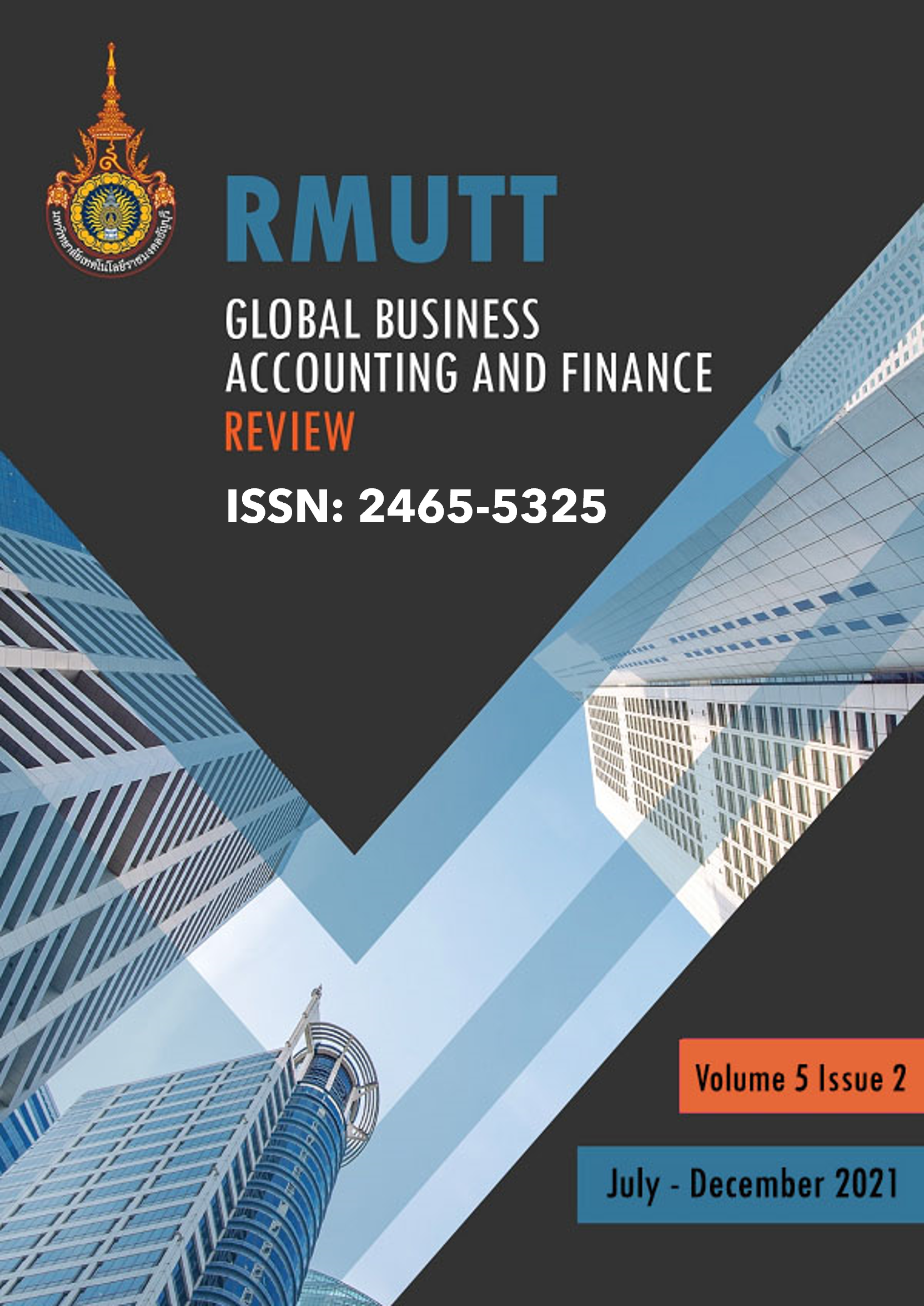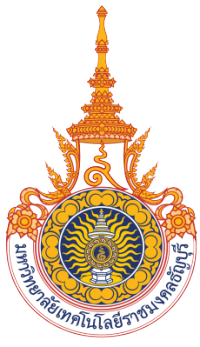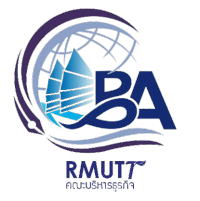DEVELOPMENT AND APPLICATION OF VIRTUAL REALITY IN E-LEARNING: A CASE STUDY INTERNET OF THINGS COURSE
Keywords:
Virtual Reality, E-Learning, Internet of Things, ApplicationAbstract
Studying of Internet of Things (IoT) allows students to understand the concept of computer systems that automatically read input and control smart devices. Using smart farm environment could be a good case study for IoT. Nevertheless, constructing physical smart farm could be problematic since it involves high budget allocation as well as the management, control and administration of the farm and devices. Developing a virtual environment that can depict smart farms could help solving this limitation. In this paper, we describe the process of getting requirements and developing smart farm virtual reality (VR) system. The system models smart farm device monitoring and management through a dashboard as well as allow students to learn their activities in the virtual environment in order to have a deep understanding on the concept of IoT. This research is funded by Research and Development Fund from the Office of the Broadcasting Commission television business and the National Telecommunications Commission (NBTC). The study result can be a guideline for virtual reality application development in other subjects and future study is also recommended.
References
Akhad, D. (2020). The use of virtual technology for teaching and learning in Thailand 4. Journal of Education, 14(1), 239-252.
Digital Ventures. (2018). Know more about the term Internet of Things or IoT, how important this technology is, and why everyone is talking about it. Retrieved from http://dv.co.th/blog-th/Get-to-know-IOT/
Kuchontara, P. (2016). The role of e-learning and self-learning. Journal of Thammasat University Hospital, 1(1), 53-61.
Laohacharasang, T. (2002). Designing E-leaning: Principles of Web Design and Creation for Teaching. Chiang Mai: Chiang Mai University.
Lertpradit, J. (2017). Virtual Reality Applications and Benefits of VR. Retrieved from https://www.martechthai.com/technology/vr-application/
Mohamed, F., Brahim, O., Abdeslam, J., & Lahcen, El. B. (2019). Application of a Non-Immersive VR, IoT Based Approach to Help Moroccan Students Carry Out Practical Activities in a Personal Learning Style. Future Internet, 11, 11. doi:10.3390/fi11010011.
Office of the Royal Thai Academy. (2019). Virtual reality (VR). Retrieved from https://www.facebook.com/RatchabanditThai/photos/virtual-reality-vr
Phothong, A. (2018). VR Virtual Reality Technology. Retrieved from https://il.mahidol.ac.th/th/i-Learning-Clinic/general-articles/vr-เทคโนโลยีโลกเสมือนจริง/
Ratanawijarn, T. & Pongsanit, C. (2016). The virtual world that has become a real world in the manufacturing industry. Journal of Communication and Management National Institute of Development Administration, 2(3), 111-112.
Saekow, N., & Prasertsruai, S. (2015). Development of virtual world model for interactive multimedia instruction on exploring the computer world. Research and Development Journal Valayalongkorn under the Royal Patronage of His Majesty the King, 10(1), 36-45.
Sakornwasee, S. (2019). How can agriculture sector use virtual reality (VR) technology?. Retrieved from https://mjusmartfarm.wordpress.com/2019/02/18/ภาคการเกษตรจะใช้ประโยช/
Smart farm (Thailand), Co.ltd. (2020). Smart Farm. Retrieved from https://www.smartfarm.com on November 11, 2020.
Sri-Amnuai, B., Prangsorn, S., Piticharoenporn, W., & Sihanam, P. (2019). Design of a Smart Farm System Using Internet of Things Technology for Lime, Phetchaburi Province. In the 6th National Conference Nakhonratchasima College (pp. 808-816). Nakhon Ratchasima: Nakhonratchasima College.
Srifa, K. (2019). New aesthetics in the virtual reality world. Siam Communication Review, 18(2), 48-56.
Thongkamwitoon, T. (2016). Internet of Things and Regulatory Guidelines for Spectrum Management in Thailand. NBTC Journal, 1(1), 167-195.
Trakullertyot, T. (2016). Virtual Reality Virtual Reality Technology. Retrieved from https://www.scimath.org/article/item/4818-virtual-reality
Vichean, U., Aukhapatsakun, P., & Srichanchai, A. (2019). E-Learning Lesson Model for Students Through the Network. Business Review Journal, 11(1), 231-242.
Wituwinit, W., & Saenraj, C. (2016). The development of virtual multimedia teaching media on the history of Ayutthaya architecture: A case study of Rama Temple. Journal of the Humanities and Social Sciences Ratchaphruek University, 2(3), 96-108.









